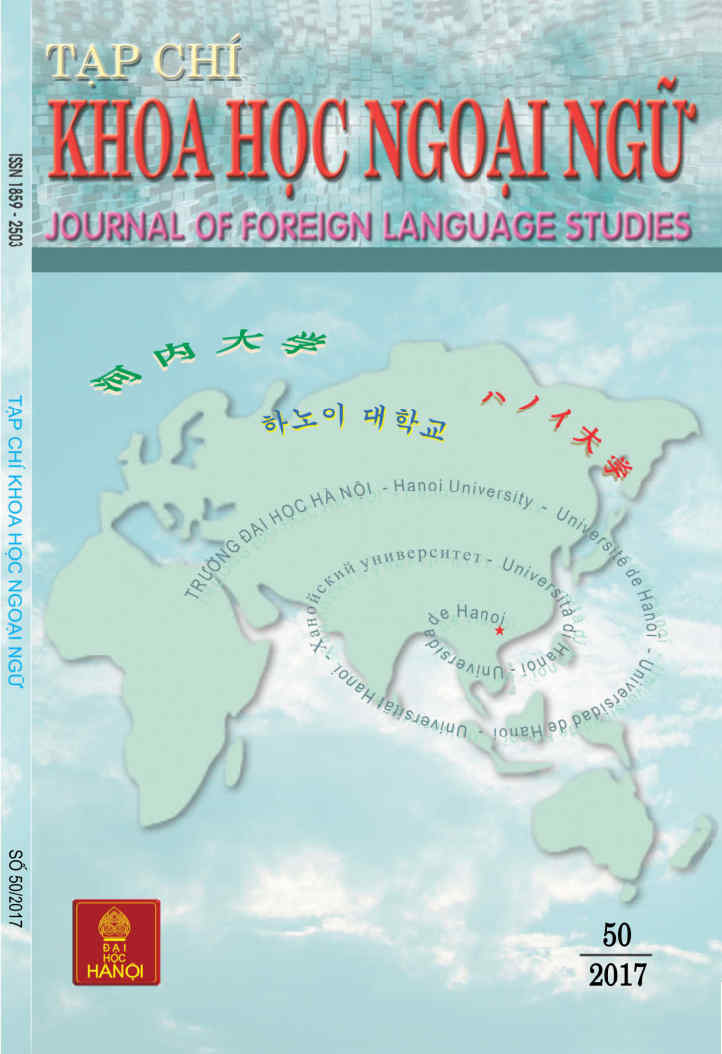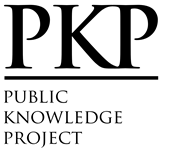DIFFERENT VIEWS ON IDENTIFYING VIETNAMESE WORDS AND MORPHEMES
DOI:
https://doi.org/10.56844/tckhnn.50.493Keywords:
morphemes, morphosyllabemes, syllabemes, monemes, conjunctional affixes, words, phrasal lexemes, compound words, reduplicative words, idioms, orthographic words, phonetic word, global word, dictionary wordsAbstract
This article presents three different views on defining Vietnamese words and morphemes. The first view was held by Nguyen Tai Can, considering morphemes basic units of Vietnamese and that Vietnamese morphemes coincided with syllables, therefore, called them ‘syllabemes’ or morphosyllabemes. He equated only independent syllabemes with words. The units formed by combination of syllabemes are generally called structures as in American structural linguistics. These structures are classified into fixed and free structures. ‘Syllabemes’ are roots of Vietnamese grammar; ‘Compound words’ are fixed structures; ‘Phrases’ belong to free structures. Another linguist, Cao Xuan Hao, whereas considering ‘syllabemes’ basic units in Vietnamese, thinks that material units – syllables - in Vietnamese can operate as words, morpheme, and also phonemes. This leads to the phenomenon of "Trinity" in Vietnamese. The third view is shared by most Vietnamese scholars referring to words as fundamental units of Vietnamese. However, the identification of Vietnamese words and morphemes remains inconsistent, not logical, and impractical. Adhering to the view on words as basic units of the language, the writer of the article identified Vietnamese words and morphemes consistently in accordance with the existing theories and practice in the field of Vietnamese.






